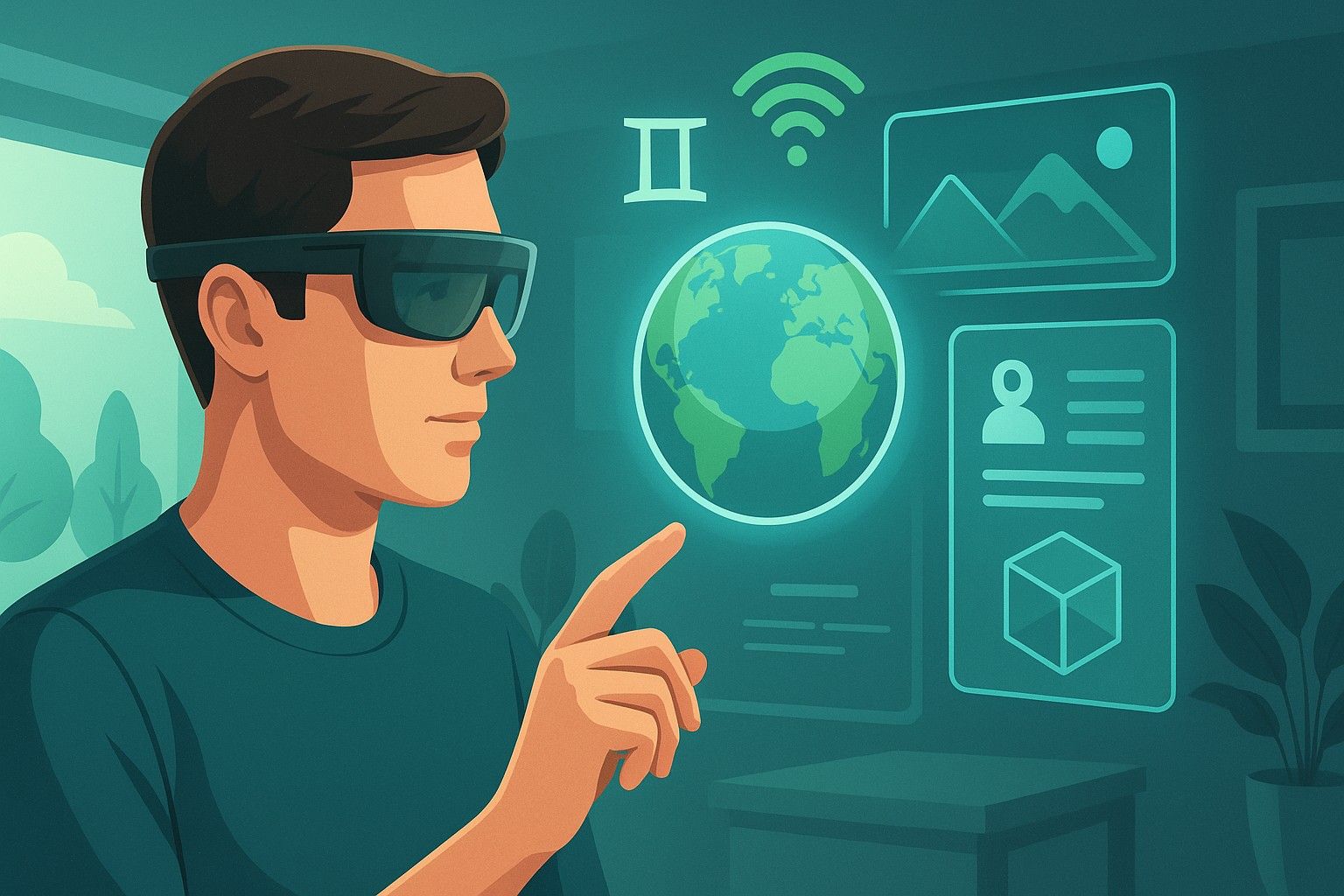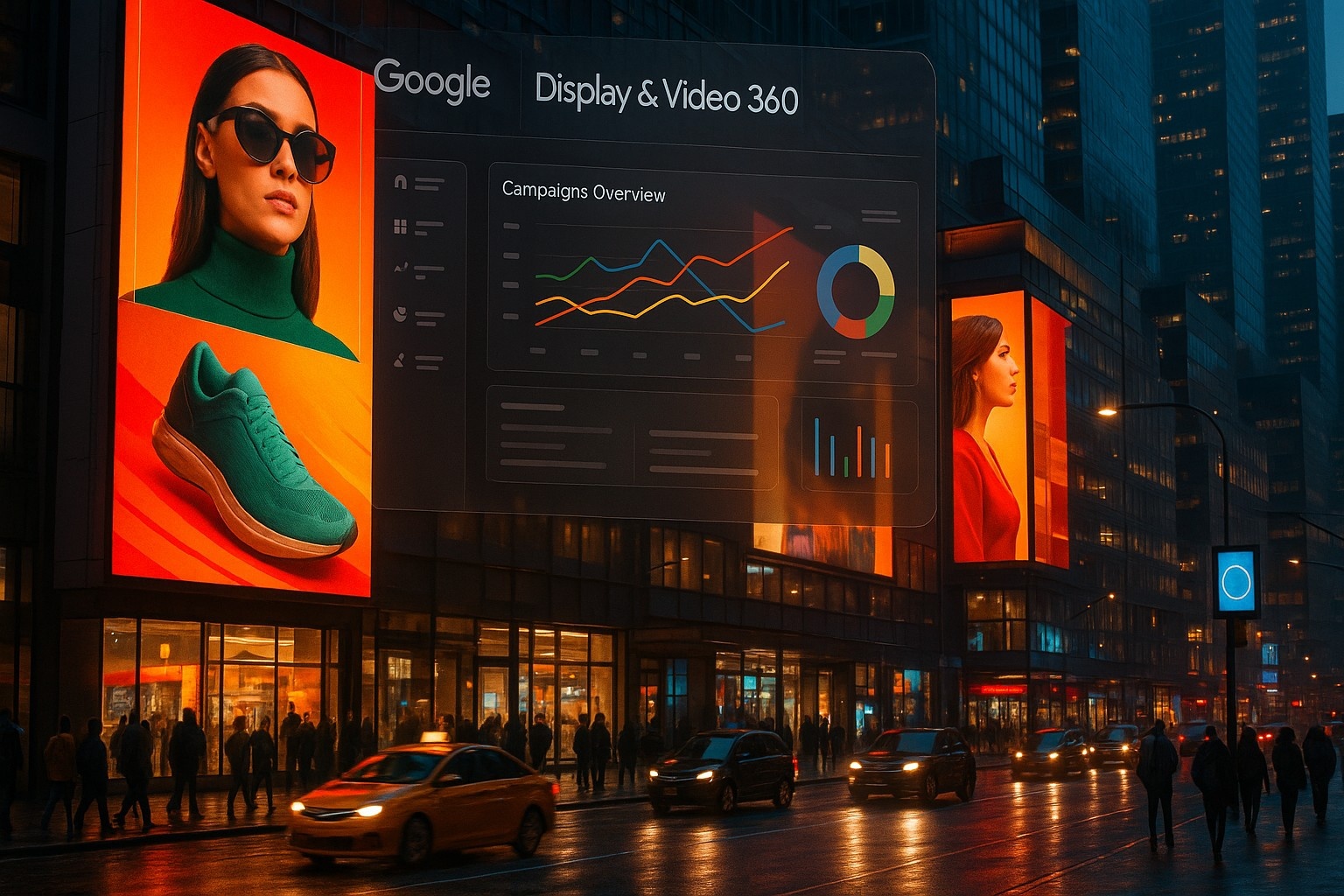Google Unveils Android XR: Paving the Way for Gemini-Powered AR/VR Revolution
At its annual developer conference, Google I/O 2025, the tech giant officially pulled back the curtain on Android XR — a bold new platform dedicated to extended reality (XR), encompassing both augmented reality (AR) and virtual reality (VR). The atmosphere in the Shoreline Amphitheatre was electric as Sundar Pichai set the stage for what he termed "the next dimension of Android." This announcement marks Google’s most focused and strategic push into immersive computing since the days of Google Glass and Daydream.
What sets Android XR apart isn’t just its aim to unify AR and VR development, but its deep integration with Gemini, Google’s next-generation multimodal AI model. Billed as a platform "born in the Gemini era," Android XR is designed to deliver intelligent, context-aware, and fluid experiences across a new generation of wearable and spatial computing devices. Shahram Izadi, Google's head of AR/XR, emphasized on stage, "With Android XR, we are not just building another operating system; we are crafting an intelligent fabric that seamlessly weaves digital information into your perception of the world, powered by the intuitive understanding of Gemini."
Here’s everything you need to know about the Android XR platform, Google's AR/VR strategy, and its implications for the future of immersive tech.
What Is Android XR?
Android XR is an extended reality version of the Android operating system, specifically optimized for immersive experiences. It provides a common platform for developers to create apps that work seamlessly in AR, VR, or mixed reality (MR) environments — whether viewed through headsets, smart glasses, or future spatial devices.
It builds upon Android's existing ARCore and integrates support for new input methods (eye tracking, hand gestures, voice), new output layers (3D spatial rendering, holographic projections), and tightly couples with Gemini AI, enabling real-time multimodal interaction. As seen live at Google I/O when the first demo aired, a user wearing prototype Android XR glasses effortlessly navigated their environment, with Gemini providing live translation of a foreign language menu. It felt eerily real, almost uncanny in how lifelike the overlaid text adapted to the physical menu.
Why Now? The Gemini Era Begins
Google's announcement repeatedly emphasized that Android XR was conceived "in the Gemini era" — a nod to its belief that immersive devices must be powered by intelligent, conversational, and perceptive AI.
"Pairing these glasses with Gemini means they see and hear what you do, so they understand your context, remember what's important to you, and can help you throughout your day."
– Google Official Blog Post, Google I/O 2025
Gemini’s Role in Android XR:
- Natural multimodal interactions: Users can speak, point, gesture, or gaze — and the system will understand context using Gemini’s language, vision, and intent recognition. One journalist trying a demo remarked, "The system's ability to switch between my spoken query about a painting and my gesture towards a specific detail was incredibly fluid. There was no awkward mode switching; it just understood."
- On-device intelligence: Gemini Nano variants run directly on future XR hardware, enabling low-latency responses without cloud dependency. This was highlighted for its privacy benefits and speed, crucial for seamless AR.
- Real-time environment understanding: Whether mapping a room for persistent AR objects or recognizing objects for contextual information, Gemini’s models provide semantic understanding far superior to past solutions. During one I/O showcase, Gemini identified multiple objects on a cluttered desk and offered relevant actions for each, all within the XR view.
This shift signifies a transition from static interfaces to interactive intelligence — where your XR headset doesn’t just render content but understands your space, your intentions, and your tasks. Tulsee Doshi, Senior Director for Gemini Models at Google DeepMind, mentioned in a breakout session, "The goal is for the technology to be so intuitive it feels like an extension of your own awareness."
New Hardware Partnerships: A Cross-Industry Bet
Google confirmed it is working with Qualcomm, Samsung, and Lenovo on new Android XR-powered devices. These include:
-
Samsung XR Headset
Samsung is building a premium headset powered by Android XR, expected to compete directly with Apple’s Vision Pro. Google hinted at a late 2025 launch, with a focus on productivity, entertainment, and real-time AI assistance. Whispers from early developer kits suggest a high-resolution display that makes on-screen text incredibly crisp.
-
Qualcomm Snapdragon XR2+ Gen 3 Integration
Qualcomm’s latest chipset is designed for Android XR and includes:
- AI-optimized processing units specifically for Gemini Nano
- Advanced eye and hand tracking support, which demos showed to be remarkably precise
- 5G connectivity for cloud-connected XR experiences
- High-resolution passthrough for MR scenarios that, according to some who saw early tech, "blends the digital and physical with stunning clarity."
-
Lenovo for Enterprise XR
Lenovo is developing enterprise-grade XR headsets aimed at industrial training, remote assistance, and design collaboration. These will leverage Gemini’s AI to analyze data and offer contextual suggestions in real time.
Android XR Developer Toolkit
To accelerate adoption, Google unveiled a comprehensive XR SDK, now available in Developer Preview 2. Matthew McCullough, VP of Product Management for Android Developer, stated, "We're giving developers the tools to build the next generation of spatial applications with the intelligence of Gemini at their core." Key features include:
- Unified API for AR/VR: One codebase supports multiple devices and formats
- Multimodal Input Framework: APIs for gesture recognition, voice input, spatial touch, and more
- Spatial Anchoring: Persistent digital objects that stay placed in real-world environments
- Scene Understanding: Detect walls, surfaces, objects, and lighting conditions using AI
- Android Studio Extensions: Full XR simulation mode within the Android Studio IDE
The SDK also includes Gemini Agent APIs, allowing developers to embed conversational agents into XR experiences — whether it's a fitness coach, a virtual tutor, or a customer service bot in a digital store. The live coding session at I/O demonstrated how quickly a developer could integrate a Gemini-powered help agent into a simple XR application, a process that "looked surprisingly straightforward," noted one attendee.
Use Cases: Where Android XR Will Matter
-
Next-Gen Productivity
With Gemini, Android XR aims to transform how people work. Imagine sitting in a virtual office with multiple floating screens, AI-generated meeting summaries appearing in real-time, and eye-tracked presentation pointers. Early feedback from enterprise pilots suggests that features like hands-free access to schematics overlaid on machinery are "game-changing for field technicians."
-
Immersive Learning
From anatomy labs to historical reconstructions, XR learning apps powered by AI can tailor lessons in real time, translate speech, and answer questions as they arise — all hands-free. A medical school testing Android XR for surgical training reported that "the ability for students to interact with 3D anatomical models that respond to voice queries via Gemini significantly deepens their understanding."
-
Retail & Shopping
AR shopping can go beyond virtual try-ons. With Android XR, Gemini can analyze user preferences, recommend products based on sentiment expressed naturally in conversation, and simulate real-world lighting on items like furniture or clothing. The demo of a user asking Gemini, "Show me how this sofa would look in my living room at sunset," and seeing a realistic rendering, was particularly impressive.
-
Gaming and Entertainment
With native 3D rendering pipelines and spatial audio APIs, Android XR enables ultra-immersive gaming environments. AI NPCs (non-playable characters) powered by Gemini could dynamically respond to user speech and tactics, making game worlds feel "alive and unscripted," as one game developer put it after seeing the SDK.
From the I/O Show Floor: Attendees were particularly captivated by a demo showcasing real-time language translation via Android XR glasses. Two Googlers held a conversation in different languages, with subtitles appearing almost instantaneously in each other's field of view. The effect was described by many as "a true glimpse into a more connected future." One journalist commented, "If this works as seamlessly in the real world, it’s not just a feature, it’s a paradigm shift for communication."
Competition: Where Does Android XR Stand?
Google is not entering an empty field. Apple’s visionOS and Meta’s Quest platform have already laid claim to portions of the XR ecosystem.
| Platform | Strengths | Weaknesses |
|---|---|---|
| visionOS | Deep Apple ecosystem, high-quality visuals | High price, closed ecosystem |
| Meta Quest | Affordable, game-focused | Limited productivity use cases |
| Android XR | Open ecosystem, Gemini AI, multilingual support, vast developer base | Still early-stage hardware rollout, proving ground for Gemini's true XR utility |
What gives Android XR an edge is scale: over 3 billion Android devices already exist, and developers are already familiar with the platform. Add Gemini’s intelligence layer, and Google’s approach feels more platform-first rather than device-first — unlike its competitors. "Our strategy is to empower a diverse ecosystem of devices with a common, intelligent platform," Izadi remarked in a post-keynote interview.
Privacy and Ethics: Google’s Cautious Approach
Google has faced intense scrutiny around privacy — especially when it comes to sensors like cameras, microphones, and gaze tracking in always-on devices. At I/O, the company laid out clear privacy principles, reiterating points made earlier in the year:
- All XR devices must show visual indicators when recording.
- Processing for sensitive data (like eye movement, raw environment mapping) will prioritize on-device Gemini Nano models to minimize cloud exposure.
- Users will have full control over what data is shared, with transparent permissions and review logs, accessible via a new "My XR Activity" dashboard.
Additionally, Google pledged that Gemini-generated content in XR apps will include watermarks or visual cues, in line with the company’s AI Principles and Responsible AI guidelines. "Building trust is paramount as we step into this new era of spatial computing," Pichai stated during the keynote.
What It Means for Developers and Creators
The launch of Android XR opens new creative and commercial avenues:
- App Monetization: In-app purchases, XR-specific ads (with user consent and relevance focus), and freemium models are being developed.
- Spatial Web: Google is working on new standards with the W3C to bring websites into 3D — allowing XR browsers to render traditional sites as spatial environments or entirely new immersive web experiences.
- Cross-Device Development: Build once, deploy on glasses, headsets, phones, and even car windshields (as hinted for future Android Auto integrations).
Google also hinted at upcoming Gemini Creator tools for spatial storytelling, letting artists, journalists, and educators generate immersive XR narratives with AI assistance. One demo showed an educator quickly creating a 3D historical scene by describing it to Gemini, which then populated the environment with assets and information – "it was like having a tireless, incredibly knowledgeable production assistant," the presenter noted.
Final Thoughts: Google’s Spatial Bet on the Future
With Android XR, Google is not just reacting to competitors — it’s staking a claim on the next phase of computing. By embedding Gemini’s intelligence into the very fabric of spatial interaction, it positions itself as a leader in the shift from screens to spaces. The initial demos were compelling, offering glimpses of a future where digital information and AI assistance are seamlessly integrated into our perception of reality. As one tech analyst at I/O put it, "Google isn't just chasing the metaverse; they're trying to intelligently augment our existing world first."
The road ahead will depend on device adoption, developer enthusiasm, and ecosystem integration. But the vision is clear: a more intelligent, immersive, and accessible future, where computing dissolves into the environment around us.
Key Takeaways:
- Google announces Android XR at I/O 2025, a Gemini-powered platform for AR/VR.
- Global hardware partnerships include Samsung, Qualcomm, and Lenovo, with devices expected starting late 2025.
- Developer SDK (Preview 2) with spatial, AI (Gemini Agent APIs), and multimodal APIs now available.
- Use cases span productivity (with positive enterprise pilot feedback), education (showing promise in medical training), shopping, and gaming.
- Gemini AI enables intuitive, real-time interaction and context-aware assistance in 3D space, showcased in impressive live demos.
- Strong emphasis on privacy, with on-device processing and transparent user controls.
Stay tuned with techieum.com for in-depth coverage of immersive technologies, AI breakthroughs, and future-of-work innovations.















